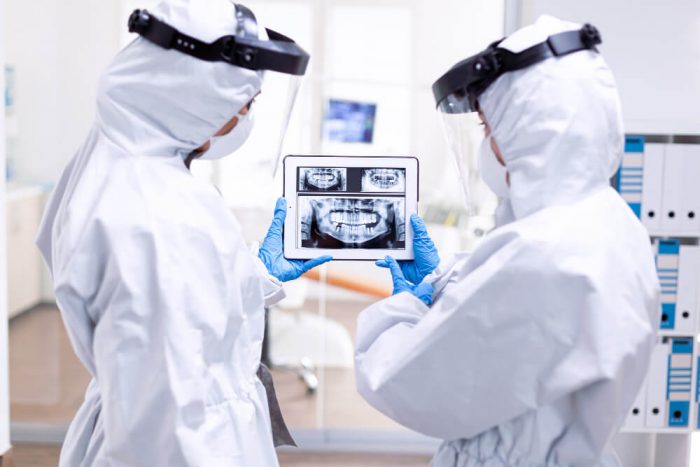Advances in Dental Technology

Over the past few decades, there have been significant advances in dental technology, from new materials for fillings and crowns to digital imaging and 3D printing. These innovations have revolutionized the field of dental health care, making procedures more precise, comfortable, and efficient. In this post, we’ll take a closer look at some of the latest advances in dental technology and their impact on oral health care.
- New Materials for Restorations: One of the most exciting advances in dental technology has been the development of new materials for restorations such as fillings and crowns. For example, composite resin materials can be used to create tooth-colored fillings that blend in seamlessly with natural teeth. This means that patients can enjoy a more aesthetically pleasing smile while also maintaining good oral health.
- Digital Imaging: Digital imaging has transformed the way dentists diagnose and treat dental problems. With the use of digital X-rays, dentists can obtain high-quality images of teeth and surrounding tissues quickly and with minimal radiation exposure. This enables them to identify problems that may not be visible to the naked eye, such as tooth decay or bone loss, and to develop a more precise treatment plan.
- 3D Printing: 3D printing technology has also had a significant impact on dental health care. Dentists can now use 3D printers to create custom implants, dentures, and other dental prosthetics with incredible precision. This means that patients can receive restorations that fit perfectly and look completely natural.
- Laser Dentistry: Laser dentistry is another exciting development in dental technology. Lasers can be used for a range of procedures, including gum reshaping, cavity treatment, and teeth whitening. Laser dentistry is often less invasive than traditional methods, which means that patients experience less pain and discomfort, and can recover more quickly.
